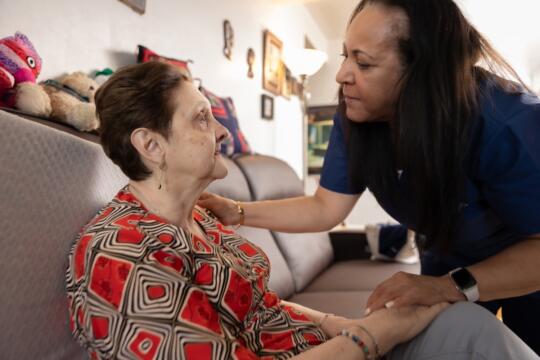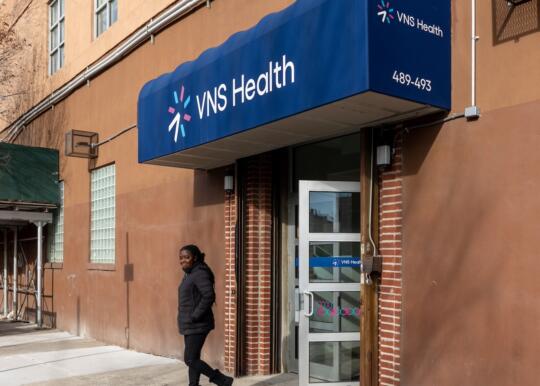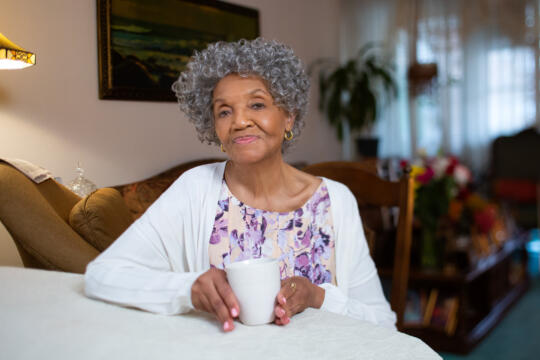Improving Hospice Quality of Care by Supporting and Empowering Families
Here is the latest in the series, “Objectives in Action.” Each month, we’ll feature a team from across the organization that’s working to make one of our 4 Top Company Objectives a reality. Next up, our Hospice Care team.
The VNS Health Hospice Care team has a challenging pair of Objectives: To lead the New York City hospice market in quality and improve the financial sustainability of our Hospice program.
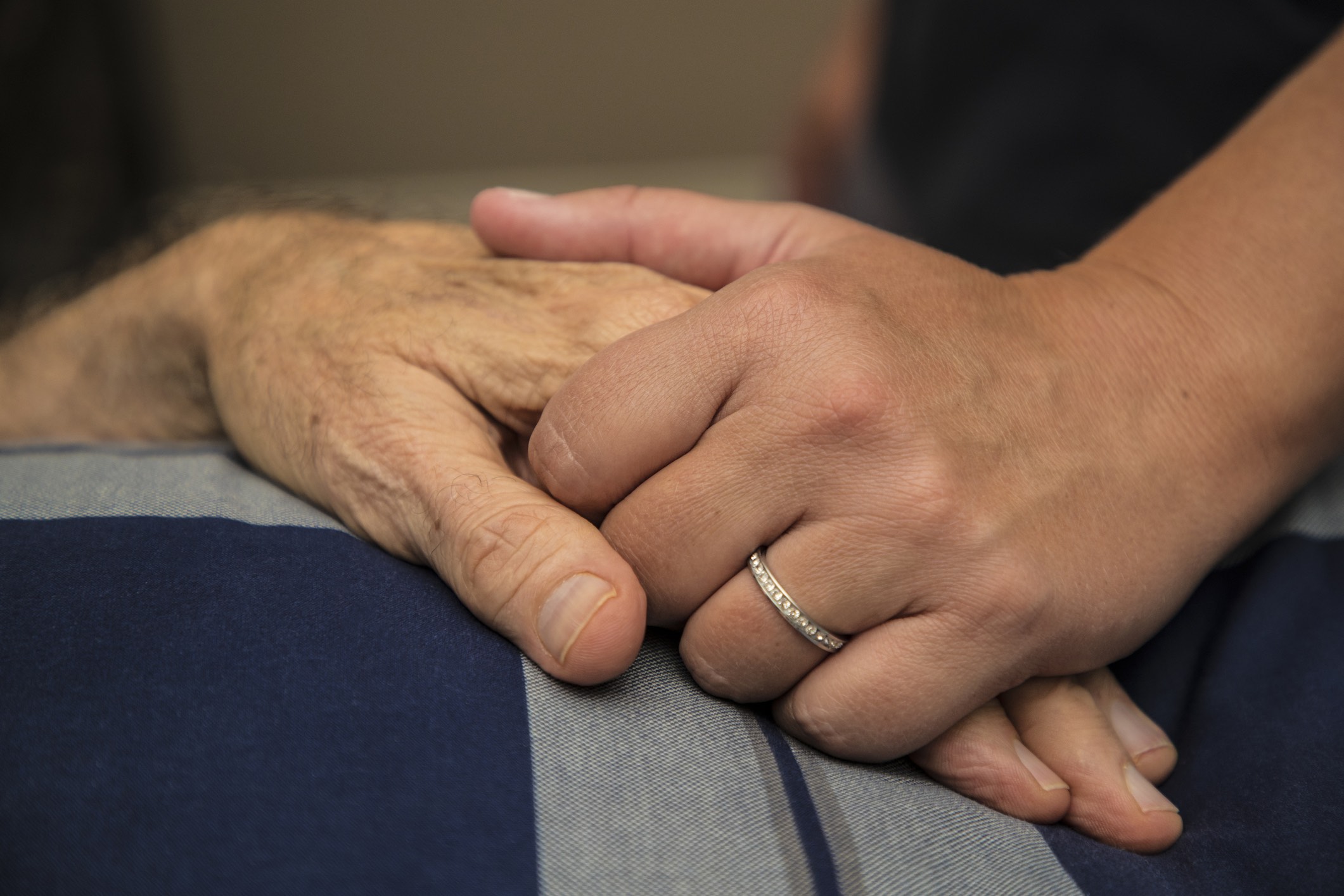
By making this happen, the team will also be helping VNS Health achieve our Top Company Objective of bringing our operating margins and cost structure in line with the rest of the industry.
Here’s the story behind the many exciting patient-centered initiatives the Hospice team has launched to achieve their Objectives and support and empower families, all with an eye towards improving quality of care.
The situation: The goal of hospice care is to have a patient remain comfortable and supported at home during their last weeks and months. However, nearly one-quarter of patients in our Hospice program were being disenrolled before they’d passed away. These disenrollments fall under the category of “non-death discharges” (NDDs).
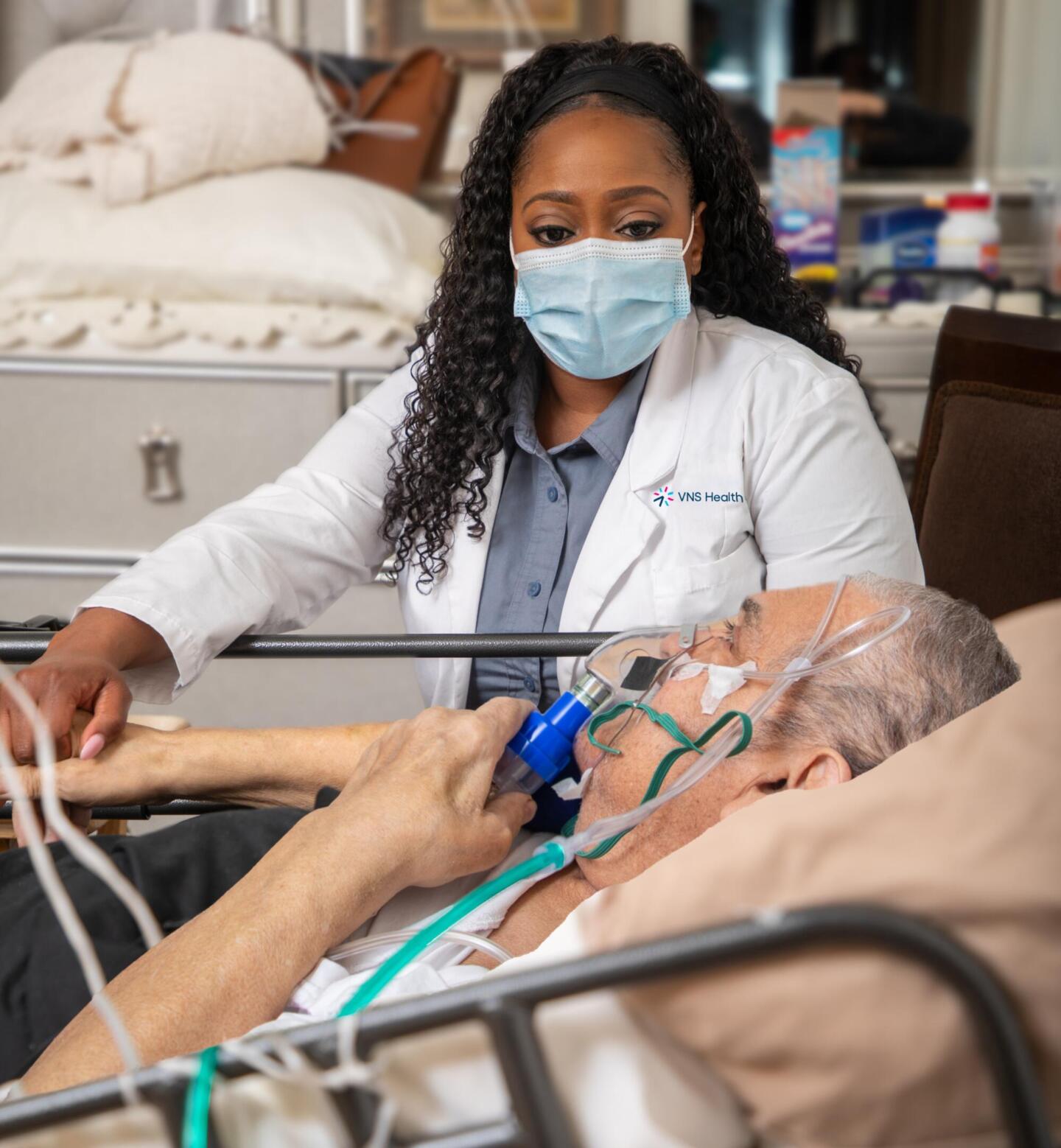
While NDDs can have various causes (including a patient being moved to another hospice program, or having their diagnosis changed to non-terminal), one major reason for them is that many hospice patients are being referred to us when they are close to death and more likely to be symptomatic.
Unprepared families: Because the families in these cases typically aren’t informed that hospice is an option until the late referral occurs, they aren’t adequately prepared to suddenly start managing the symptoms of someone who is actively dying. So when symptoms do occur, their reaction has often been to call an ambulance, resulting in the patient being hospitalized—and coming off hospice care.
Why this is a challenge: Late-stage referrals leave just a narrow window of time for the hospice team to educate the patient’s family on symptom management and develop an appropriate plan of care for these very ill patients. By doing these things faster and more effectively and thereby reducing our NDDs, we will improve the quality of care being delivered to these complex patients while also boosting our outcome metrics and quality ratings—which, in turn, helps VNS Hospice stay financially sustainable so we can continue caring for others.
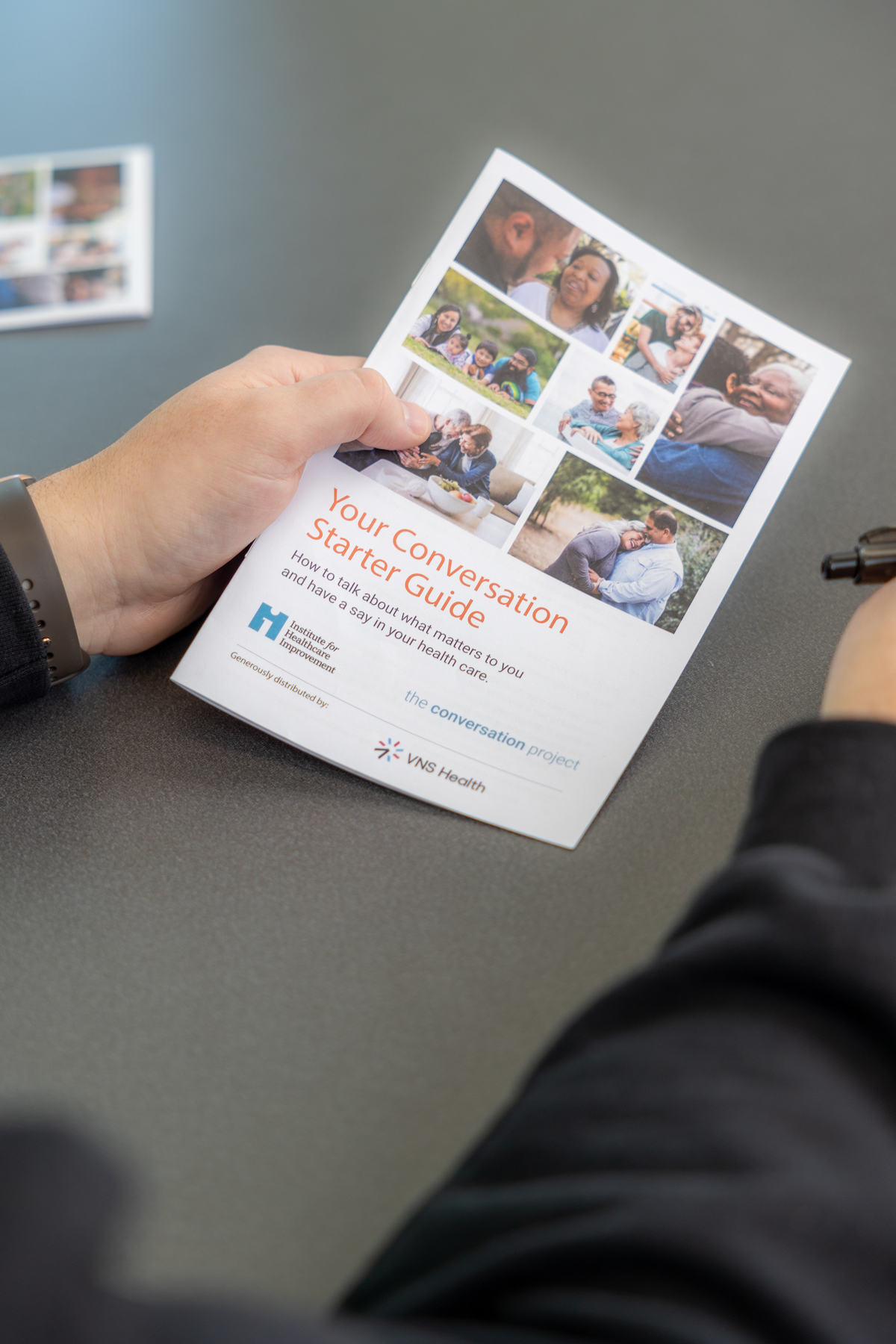
Objectives in action: To support and empower family caregivers and improve the quality of hospice care for patients referred at the very end of life, the Hospice team did the following:
- Using a guide developed by the Institute for Healthcare Improvement, the Hospice team trained all patient-facing team members in how to have compassionate conversations with the patient and family about specific end-of-life goals. The first conversation with families takes place at admission, and the conversations continue throughout the patient’s time in hospice.
- The Hospice team also rolled out a tool to help identify each hospice patient’s risk of hospitalization at the time they’re admitted. The highest-risk patients receive earlier and more frequent visits from the hospice nurse, social worker, and physician.
- All regional Hospice teams have begun holding daily morning huddles, where team members share information on patients who are close to end of life and/or have complex issues, and therefore need more intensive clinical support.
- Hospice revamped the “triage and escalation” protocols used by the Hospice team’s contact center agents. Calls from family members related to symptom management are now quickly routed to Hospice physicians or nurse practitioners. These clinicians then promptly call the family and advise them on how to use medications to manage the patient’s symptoms.
- For the past year, the Hospice team has been using a “mortality dashboard”—an online tool developed by VNS Health’s Business Intelligence and Analytics (BIA) team that predicts a patient’s last days of life—alerting the team to make more frequent visits to support the patient and their family.
- VNS Health Hospice nurses are also now having Hospice team physicians accompany them on joint visits to patients and their families early in the episode of care. “The feedback we’ve gotten from our hospice physicians doing joint visits with our hospice nurses has been really positive,” reports Dr. Ritchell Dignam, Chief Medical Officer, VNS Health Provider Services. “The patients and the families feel they’re being very well supported.”

Dramatic results: Since these action steps were implemented, the percentage of VNS Health Hospice patients receiving non-death discharges has dropped dramatically—from 24% to 18%. In addition, the percentage of hospice patients who receive two clinical home visits in their last three days of life—a key Medicare quality metric—has almost doubled, from 33% to 61%.
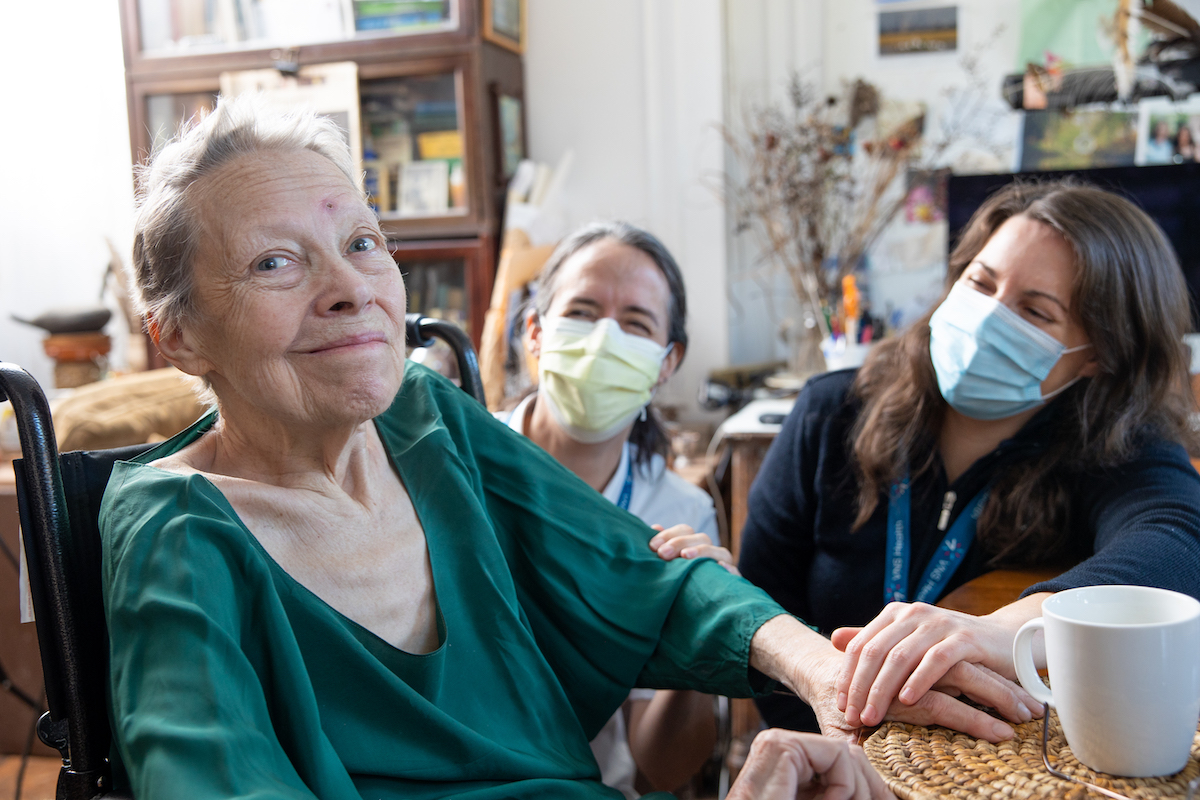
Why it all matters: Avoiding unnecessary hospitalizations leads to an improved hospice experience for patients and their families. It also shows that the Hospice team is meeting patients’ end-of-life care needs and providing high-quality hospice care. In addition, reducing NDDs boosts the Hospice team’s quality scores and keeps more patients on our Hospice census rolls, which contributes to our financial sustainability.
What Hospice team members are saying: “All of our patient-facing team members have now gone through our new training on how to have end-of-life conversations with hospice patients and their families, and the feedback has been overwhelmingly positive,” says Sherl Brand, SVP, Hospice Care. “It’s simple, clear, and very patient-centered.” Adds Bonnie Lauder, VP, Hospice Care: “The reason why this conversation model is successful is because the entire hospice team has embraced it and found value in the approach.”
